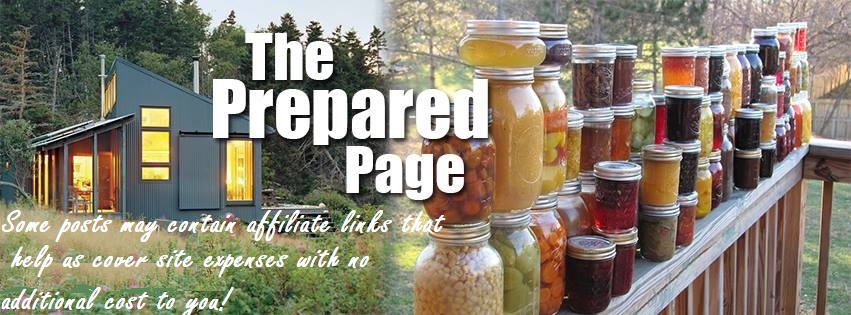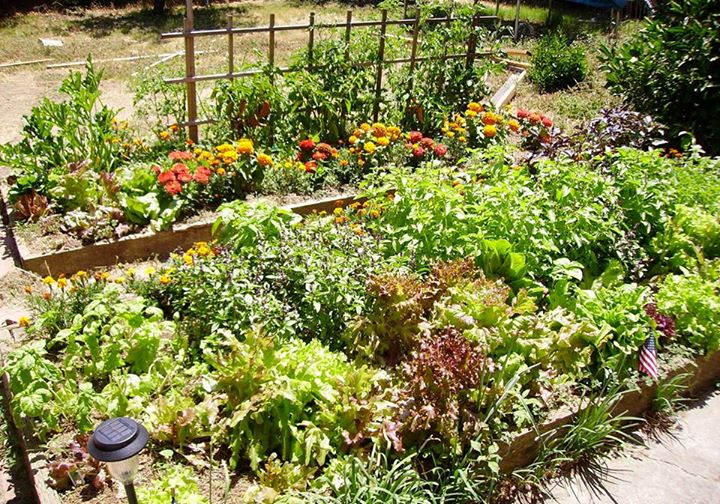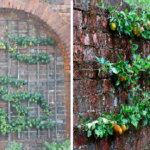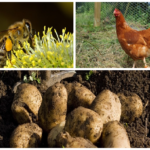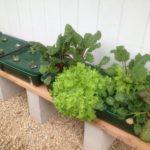Planning for Your Spring Garden
** YOUR SPRING GARDEN **
Well, it’s almost Christmas. I hope you and your Family are enjoying the fairly mild weather, and the hustle and bustle of the Holidays. We’ve had our first couple cold spells, and all the leaves have pretty much fallen from the trees. If you are like me, you’ve been working in the yard, and planning your Spring Garden. You probably took advantage of all the leaves, and started a Compost pile or two. You might even have made a new raised bed during this downtime. Here are a few methods you might think about to help increase your 2015 season harvest:
1) INTENSIVE PLANTING BEDS
Save space by arranging plants in a grid pattern.
The surest way to increase the yield from a vegetable garden is to reduce the space between plants. The idea is to plant wide bands, thus reducing the amount of ground devoted to paths.
To start an intensive garden, make raised beds of any length, but limit their width to 3 to 4 feet across so you can reach the center of the bed from either side. Although it’s not necessary to box in the bed, this is a good idea. When you enclose a bed with vertical boards, it’s not only neater, but the soil won’t collapse onto your paths. It also will be much easier for you to install row covers or erect supports for vertical growing.
THINGS YOU WILL NEED:
String, small sticks or dowels, trowel or dibble, seedlings or Heirloom Seeds, and water
You will need to get your Heirloom Seeds first– to either plant directly into beds, or to plant indoors until seedlings are large enough to transplant outside in your raised beds.
To obtain your heirloom seeds check out The Seed Guy Web site
Before planting the bed, prepare the soil by digging at least 8-12 inches and turning over shovel by shovel to loosen and aerate it. Add in organic matter, such as compost or manure. The more organic matter you mix in, the better. Then run lines of string to establish a grid. The grid will help you position young plants at the proper distance from one another.
Use a trowel or dibble to dig holes for transplant-sized vegetables. Gently remove the seedlings from their containers, then grasp the leaves to guide them while supporting root ball. Make sure to set plants in their holes at the same depth they were growing in your container. Firm the soil gently over the roots around the stem. This will help put the roots in contact with the soil. Make evenly spaced holes in the soil with your finger if you are planting Heirloom Seeds directly in beds. Be sure to follow recommendations included with Seeds to know how deep to make the depressions.
Water well. For transplants, apply a gentle shower using a watering can or hose-end sprayer. For Seeds, use the lightest setting on a hose-end sprayer to avoid disturbing the soil.
2) VERTICAL CROPS
You’ll find that some vegetables grow better with support. They do well on trellises, fences, and other structures. By growing up instead of out over the ground, your garden will produce more per square foot. Vegetable plants grown up on a support also tend to suffer fewer disease problems.
VEGETABLES SUITED TO VERTICAL GARDENING
TOMATOES– Choose indeterminate varieties, which continue to grow and produce over a long period — often until frost. Grow tomatoes in wire cages or support them by tying them to 7-foot-tall wood stakes driven 2 feet into the ground. Cage-grown tomatoes require minimal attention, but are more prone to fungal diseases. Tomatoes grown on stakes benefit from being pruned to a single stem; this means constantly pinching out new branches that arise in the crotch between the main stem and a leaf.
POLE BEANS— Although they take longer to mature than bush-type beans, pole beans produce over a longer period. Train pole beans up tall wooden poles or a tepee of sturdy bamboo.
CUCUMBERS–Vine-type cucumbers (as opposed to the bush varieties) do well on fences and trellises. Vertically grown cucumber fruits also tend to be straighter and more uniform than those grown on the ground.
SNAP PEAS– These super-sweet edible pod peas are among the most productive vegetables in the spring garden. By selecting tall vining varieties (such as the Sugar Snap pea), you can easily grow them on 5- to 6-foot-tall mesh trellises. Pick carefully to avoid damaging the brittle vines.
MELONS AND WINTER SQUASH–These long-season crops require heavy-duty support if you choose to grow them vertically. Larger varieties may even need slings made of cloth to support the fruit. You’ll also need to tie the vines to the support using strips of cloth; avoid string or wire, which can cut into the vines.
3) EXTEND THE SEASON
There are two types of succession planting. Both are super easy!
The simplest form is to plant varieties that produce for a limited amount of time over a period of weeks. For example, instead of planting 40 corn seeds at once, you could plant 10 corn seeds a week over a four-week period. This will give you corn for a month instead of all at once.
Here’s another example: Plant bush beans every two weeks to ensure a continuing supply. If you want to have three crops, plant one-third of the bed every two weeks. Other crops that benefit from this type of succession planting include corn, carrots, radishes, and heading lettuce.
REPLACE SPENT PLANTS
The second type of succession planting takes a little more planning. It means that when a crop is done producing in your garden you take it out and plant something else in that spot.
For example, after your peas are done for the season, pull out the vines and plant cucumbers in their place. The key to success of this system is to have a new batch of seeds or seedlings ready to go when the first crop is done. This system works best when you are starting with vegetables that do well in cool weather, but not so well in summer’s heat. In addition to peas, you can use this technique with lettuce, spinach, and radishes.
A related technique is to plant several varieties with different maturities. For example, you might plant an early-maturing tomato such as ‘Early Girl‘ at the same time as a main season Beefsteak variety.
4) INTER PLANTING
This technique takes advantage of the fact that some vegetables grow quickly, while others take their time. For example, if you plant carrots and radishes together, you can harvest the radishes in about 30 days, when the carrots will still be quite small. Another option is to combine a vertical vegetable ( tomatoes, for example) with a low-growing crop (melons, for example).
Here are some Inter planting combinations that work well.
Grow melons and squash under stake-grown tomatoes.
Surround corn with lettuce or peas with radishes.
Combine quick and slow vegetables such as lettuce with tomatoes, beets with pole beans, spinach with winter squash, leeks with sweet potatoes, and radishes with sweet corn.
 This is an aggregated site. Please be aware some of the sites we link you to could have pop ups. We have no control over them. However, we will never link you to a site that requires you to make any purchase to view the blog.
This is an aggregated site. Please be aware some of the sites we link you to could have pop ups. We have no control over them. However, we will never link you to a site that requires you to make any purchase to view the blog.
Please read our disclaimer. We provide you with information from various sites all over the world. The author’s expressed opinion isn’t necessarily that of The Prepared Page or its staff. Our intent is to bring you the information. Use your and your own best judgment when using any information contained within the blogs.
While you’re here check out some of those other posts you may find them interesting!!!
Some posts may include affiliate links.
